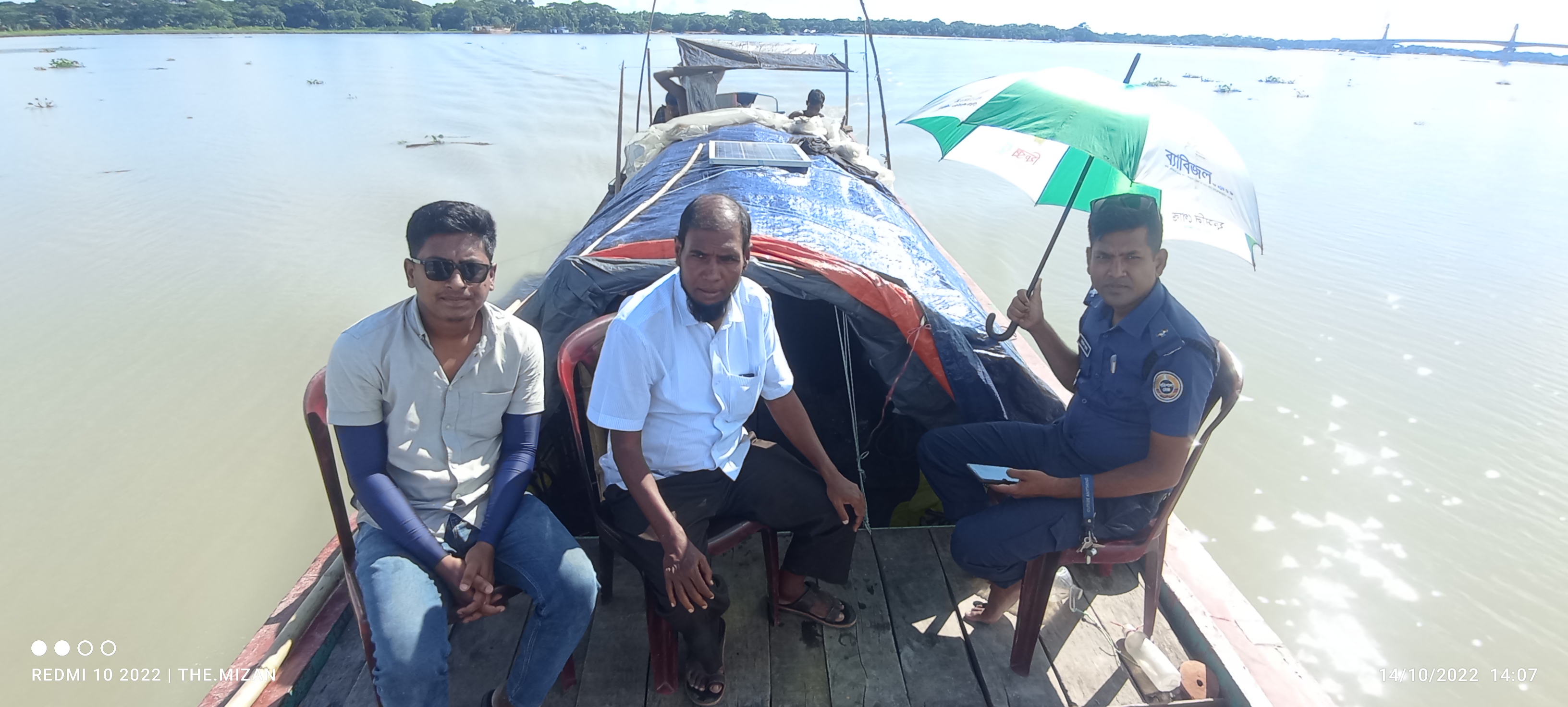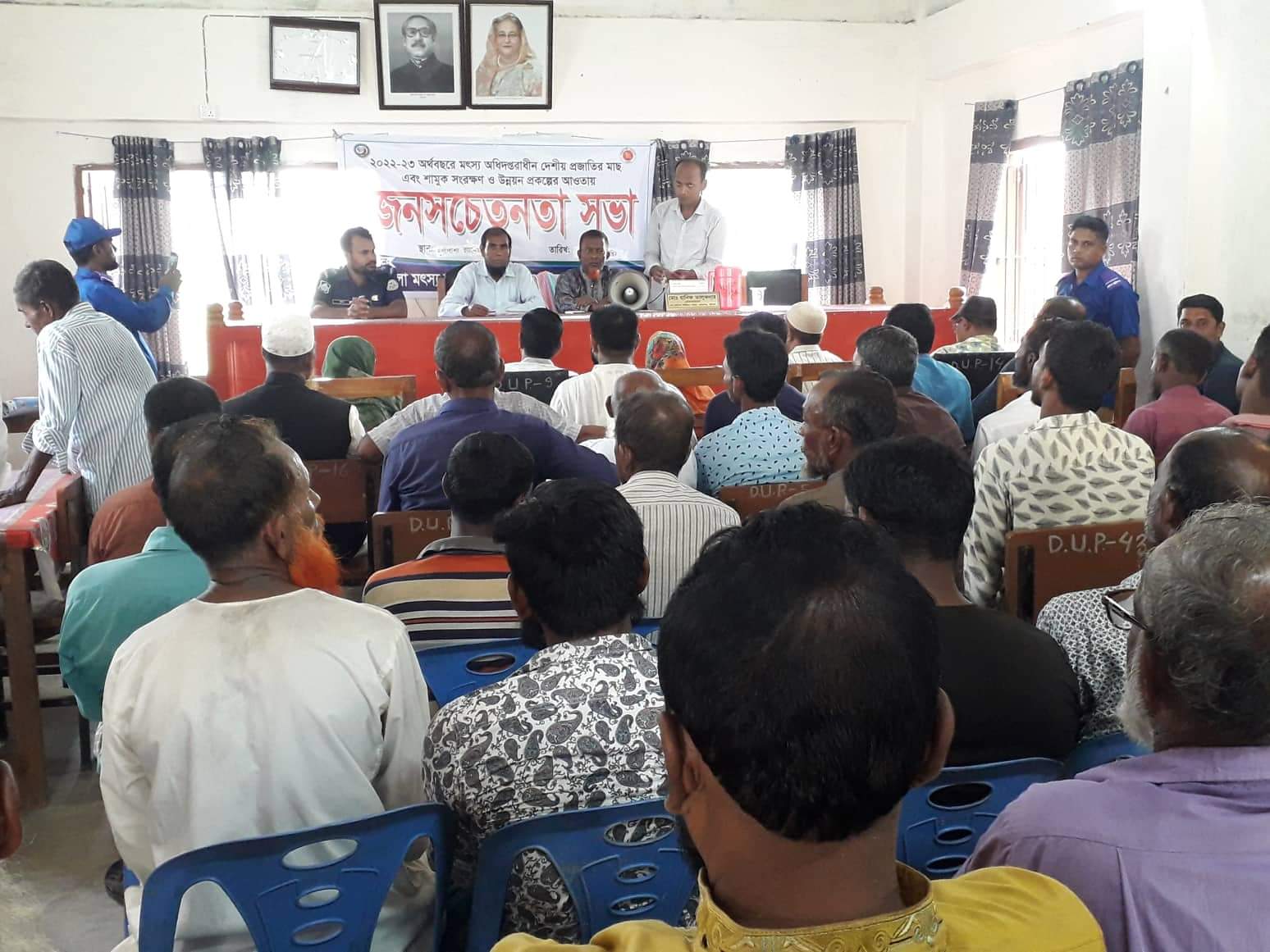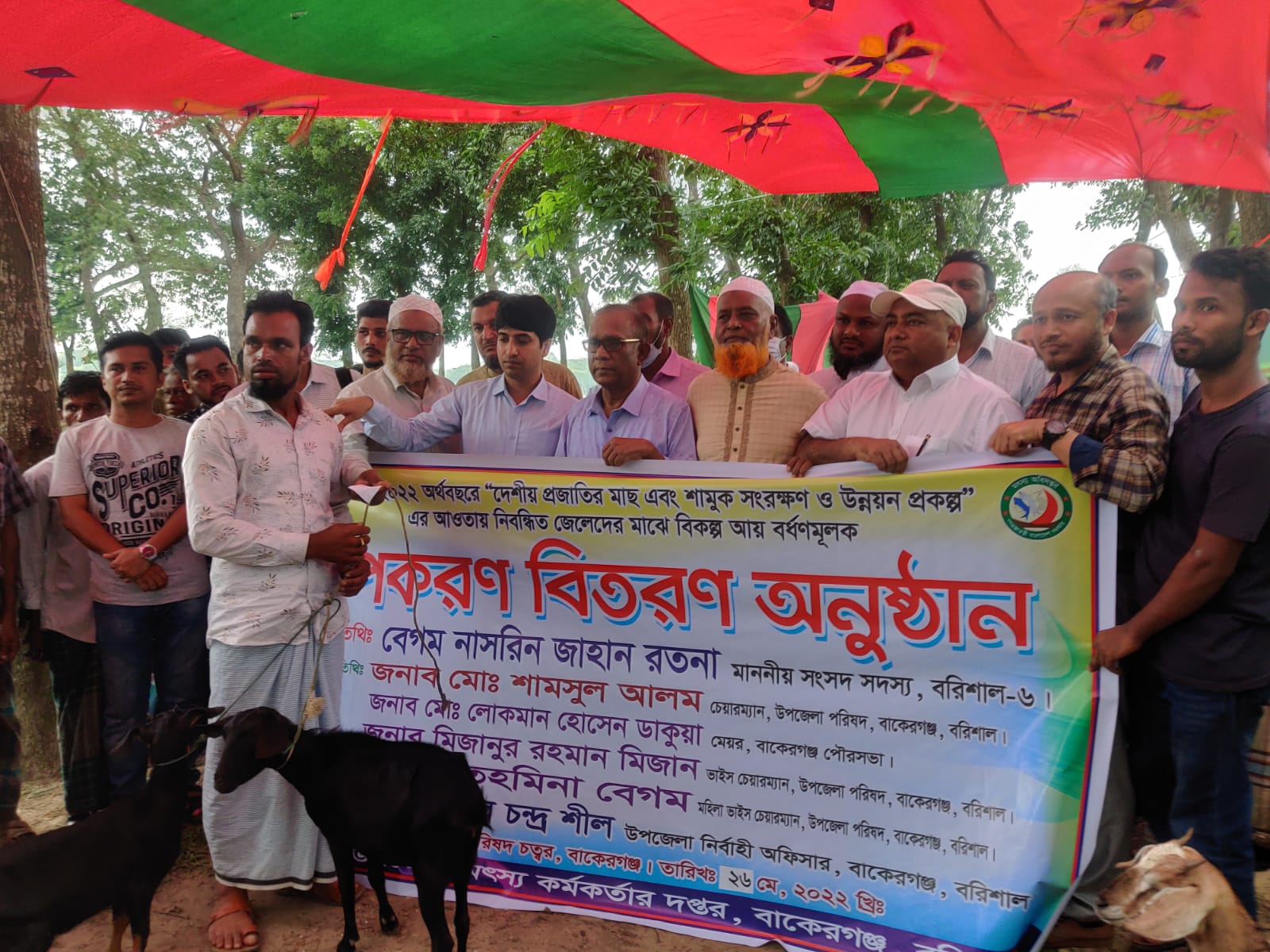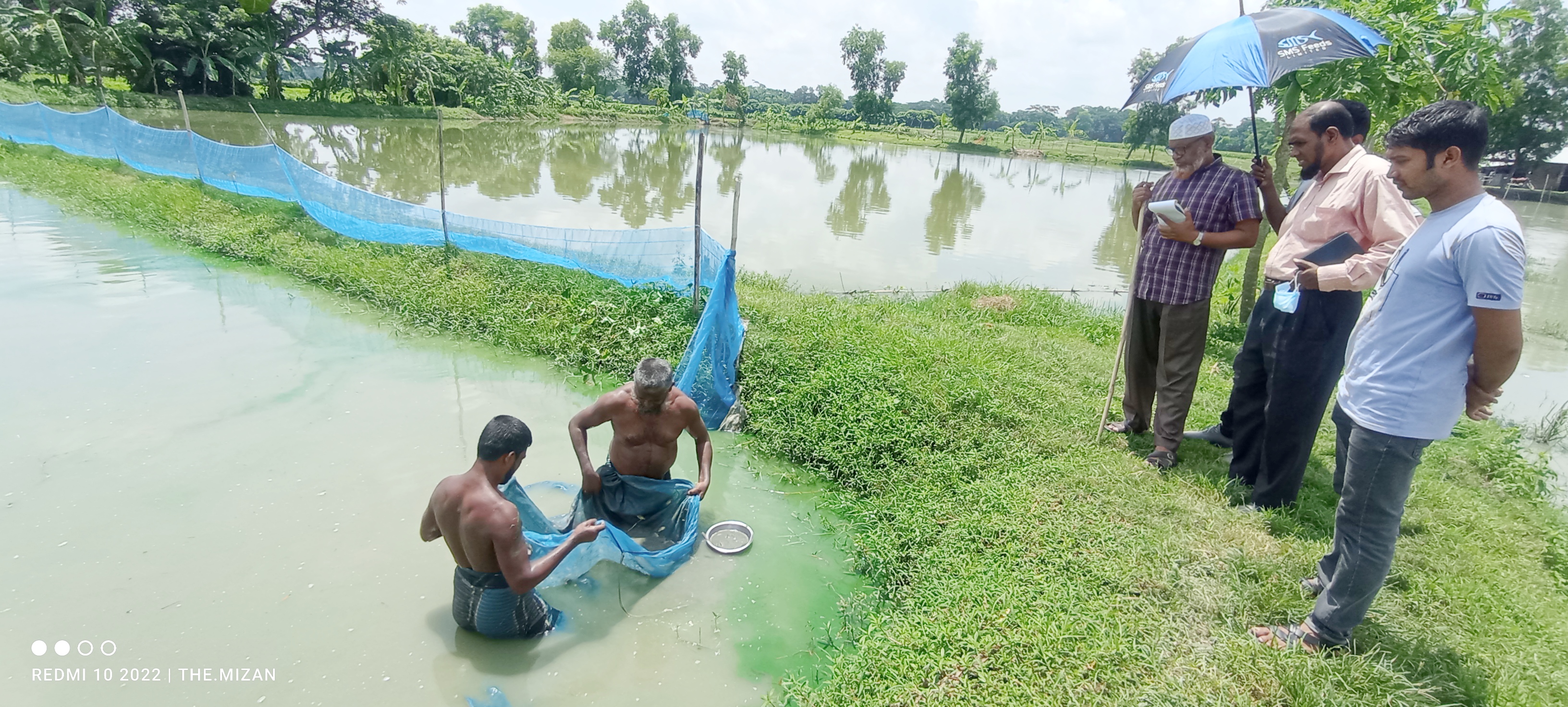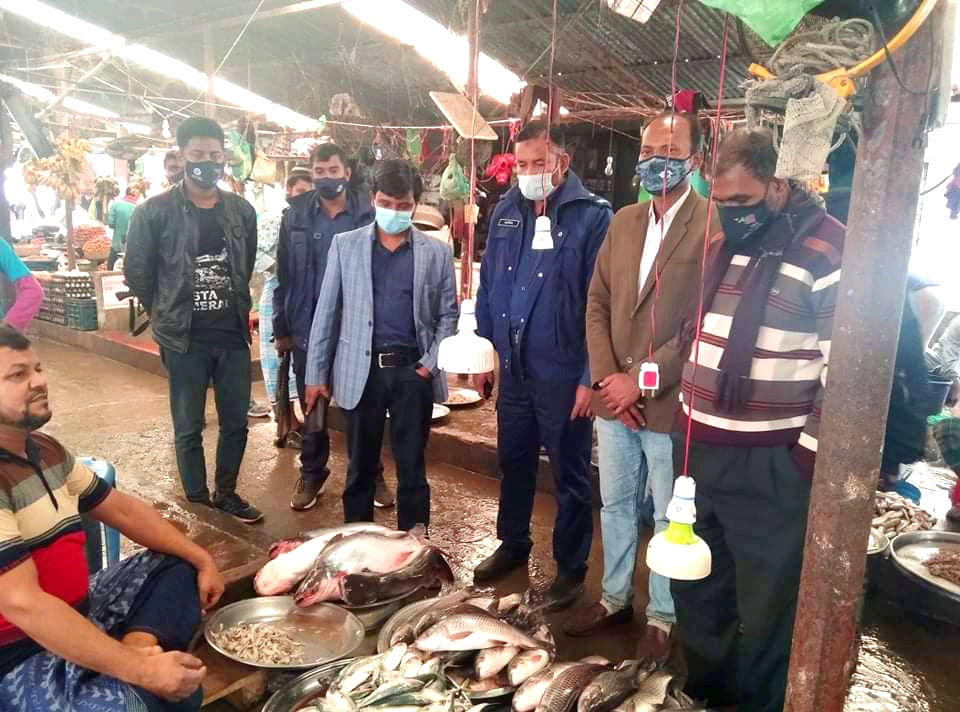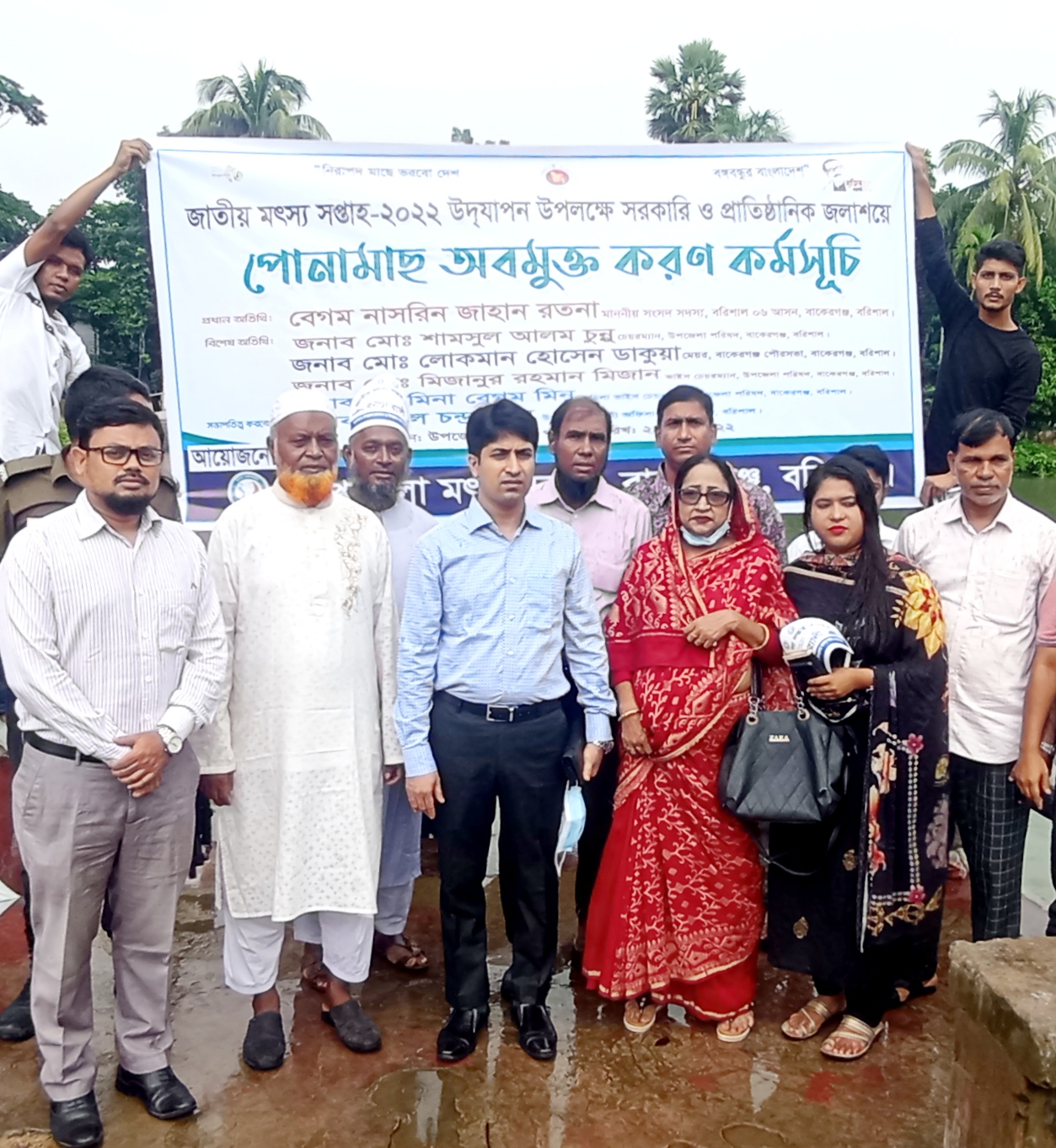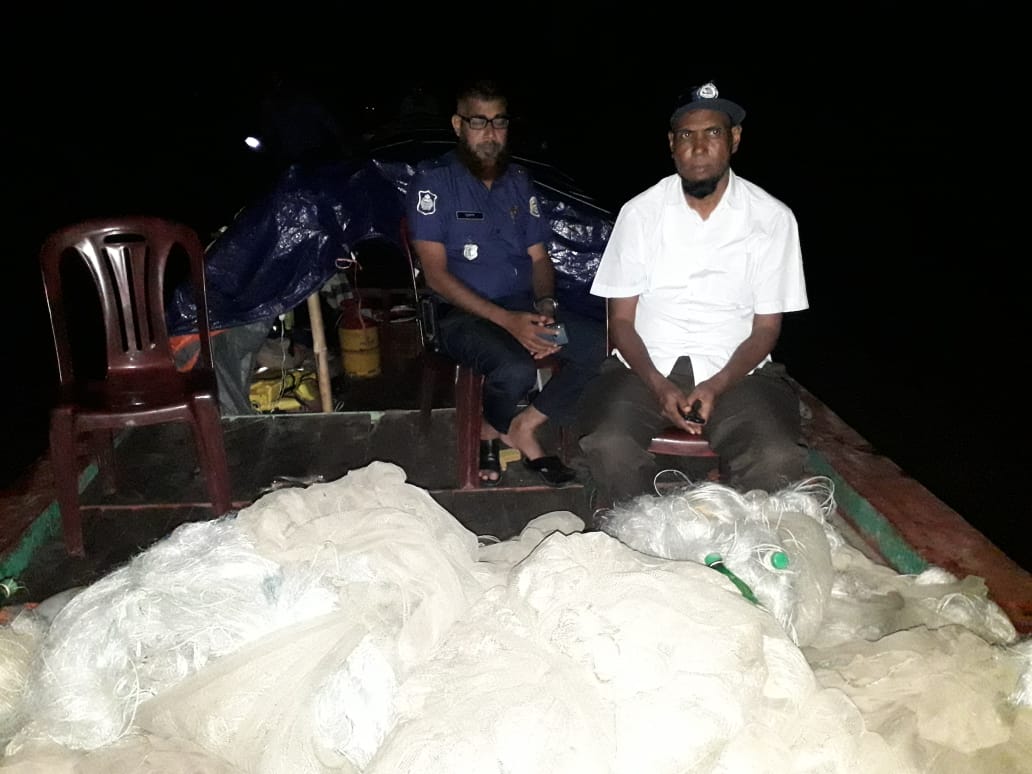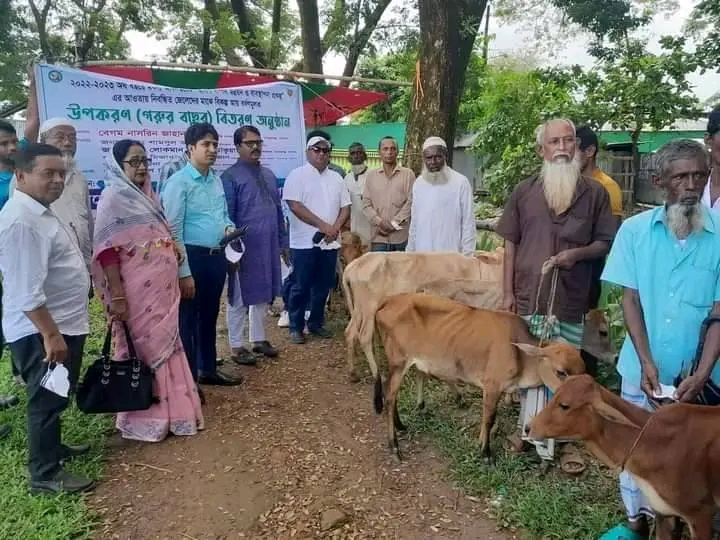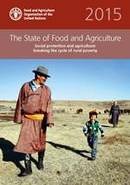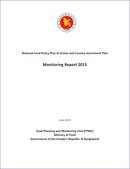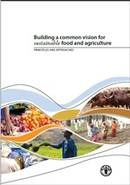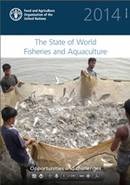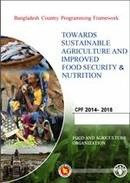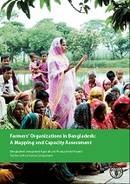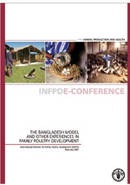- আমাদের সম্পর্কে
-
আমাদের সেবা
প্রশিক্ষণ ও পরামর্শ
পরিদর্শন
-
ঊর্ধ্বতন অফিস
বিভাগ/জেলা
মন্ত্রণালয়/ অধিদপ্তর
-
ই-সেবা
জাতীয় ই-সেবা
মোবাইল অ্যাপস্
ডিজিটাল সার্ভিস
- গ্যালারি
-
যোগাযোগ
অফিস যোগাযোগ
যোগাযোগ ম্যাপ
- মতামত
- আমাদের সম্পর্কে
-
আমাদের সেবা
প্রশিক্ষণ ও পরামর্শ
পরিদর্শন
-
ঊর্ধ্বতন অফিস
বিভাগ/জেলা
মন্ত্রণালয়/ অধিদপ্তর
-
ই-সেবা
জাতীয় ই-সেবা
মোবাইল অ্যাপস্
ডিজিটাল সার্ভিস
- গ্যালারি
-
যোগাযোগ
অফিস যোগাযোগ
যোগাযোগ ম্যাপ
- মতামত
কর্মচারীবৃন্দ
Publications
Aquaculture seed and feed production and management in Bangladesh - status, issues and constraints
This document presents the findings of an FAO TCPF Project “Identification and understanding of key technical, economic and social constraints to seed and feed production and management in Bangladesh”. The objectives of this project were to investigate the status and constraints of the aquaculture seed and aquafeed subsectors. The project identified the key technical, economic and social constraints hindering the development of the aquaculture seed and feed production and management subsectors in Bangladesh. They also provided recommendations related to improving the four key areas of seed quality, aquafeed quality, strengthened capacities of farmers to utilize feed efficiently, and increased technical efficiencies of small-scale aquafeed producers. The recommendations of this project should lead to a sustained improvement in technical and economic efficiencies of the main players in aquaculture seed and aquafeed subsectors in Bangladesh and improve their productivity and economic returns and assure the sustainable growth of the country’s aquaculture sector.
Despite significant progress in meeting the Millennium Development Goals on poverty and hunger, almost a billion people still live in extreme poverty (less than $1.25 per person per day) and 795 million still suffer from chronic hunger. Much more will have to be done to achieve the new Sustainable Development Goals on eradicating poverty and hunger by 2030. Most of the extreme poor live in rural areas of developing countries and depend on agriculture for their livelihoods. They are so poor and malnourished that their families live in a cycle of poverty that passes from generation to generation. Many developing countries are adopting a successful new strategy for breaking the cycle of rural poverty – combining social protection and agricultural development. Social protection measures such as cash benefits for widows and orphans and guaranteed public works employment for the poor can protect vulnerable people from the worst deprivation. It can allow households to increase and diversify their diets. It can also help them save and invest on their own farms and or start new businesses. Agricultural development programmes that support small family farms in accessing markets and managing risks can create employment opportunities that make these families more self-reliant and resilient. Social protection and agricultural development, working together, can break the cycle of rural poverty.
National Food Policy Plan of Action and Country Investment Plan Monitoring Report 2015
The National Food Policy (NFP) provides strategic guidance for achieving food and nutrition security. The NFP Plan of Action (PoA) translates this into 26 Areas of Intervention (AoI) for the period 2008 to 2015. The Bangladesh Country Investment Plan: A Road Map towards Investment in Agriculture, Food Security and Nutrition (CIP) identifies 12 investment programmes to ensure implementation of the PoA. This report presents data and analysis on the selected indicators of goals, outcomes and outputs for 2013/14 (the monitored year) and previous years, including 2007/08 (the PoA baseline) and 2009/10 (the CIP baseline).
Sustainable Food and Agriculture – Principles and approaches 2014
Sustainability is at the heart of FAO's new Strategic Framework and is the specific focus of Strategic Objective 2, which aims at sustainably increasing the provision of goods and services from agriculture, forestry and fisheries. This report is the outcome of intensive consultations and discussions aimed at developing a common approach to FAO's work on sustainability. That process was conducted in a climate of cross-sectoral collaboration that drew on the contributions of leading FAO and external specialists in crops, livestock, forestry, capture fisheries, aquaculture and natural resources. The report provides the vision, the key principles and indications on the way forward to transition towards sustainable food and agriculture.
The State of World Fisheries and Aquaculture 2014
The State of World Fisheries and Aquaculture (SOFIA) highlights the significant role that fisheries and aquaculture plays in eliminating hunger, promoting health and reducing poverty. Fish is extremely nutritious - a vital source of protein and essential nutrients, especially for many poorer members of our global community. Fish continues to be one of the most-traded food commodities worldwide. In Bangladesh - fisheries, with a contribution of 3.6% of GDP, currently holds the position of 2nd largest earner of foreign remmittence ($638 Million), and ranked 5th globally - in Aquaculture.
National Aquaculture Development Strategy and Action Plan of Bangladesh
The National Aquaculture Development Strategy and Action Plan of Bangladesh 2013–2020 constitutes 16 outputs under four objectives. These are geared to pursuing the mission of the aquaculture sector that its stakeholders have charged it with: “To improve the welfare of the resource-poor people depending on the aquatic resources for livelihood, reduce poverty by stimulating employment and improving income, conserve if not enhance the natural resources on which livelihoods are based, promote the sustainable development of rural communities, increase export earnings, and contribute to the creation of wealth for the nation and improvement in the welfare of the people.
Report on In-Depth Capacity Assessment of Bangladesh to Produce Agricultural and Rural Statistics
In an effort to implementing Global Strategy to Improve Agricultural and Rural Statistsics, 'Report on In-Depth Capacity Assessment of Bangladesh to produce Agricultural and Rural Statistics', developed through a wide consultative process, will help develop a Strategic Plan for Improvement of Agricultural and Rural Statistics (SPARS) – a complement to the National Strategy for Development of Statistics (NSDS).
The FAO Country Programming Framework (CPF) for Bangladesh is a strategic planning and management tool which provides FAO with a sound basis for developing its mid-term country programme, in line with the policies and development priorities of the Government. The specific objectives of the CPF are to identify country level priority areas of work, assistance needs and investment opportunities; to make FAO’s response at country level more effective; to help coordinate and contribute to multilateral goals relating to sustainable agriculture, rural development, food security and nutrition. The identified focus areas must also reflect and be consistent with the mandate and expertise of FAO as a specialized technical agency of the UN, and be consistent with other internationally agreed development goals. The CPF represents a milestone in the decentralization of FAO, and lays the basis for a more integrated and “bottom-up” approach to FAO Programming at country level. Being formulated in close collaboration with the government, the process by which the CPF was produced has established a formal dialogue, created ownership, and instilled a shared agenda for work over the next five years.
Farmers’ Organizations in Bangladesh: A Mapping and Capacity Assessment.
The mapping and capacity assessment exercise covered in this report was undertaken as part of the Technical Assistance (TA ) Component of the Bangladesh Integrated Agricultural Productivity Project (IA PP), funded under the Global Agriculture and Food Security Program (GA FSP) and implemented by the Food and Agriculture Organization of the United Nations (FAO ). The authors of this report, Florentina Williamson-Noble, Project Officer and Capacity Development Specialist from the FAO Investment Centre, and Imanun Nabi Khan, Institutional Development Consultant from the FAO IA PP TA team in Dhaka, would like to express their deep gratitude and appreciation to the many partners and collaborators who made this exercise possible.
The Bangladesh model and other experiences in family poultry development
Stimulated by work pioneered in Bangladesh, the paper outlines a conceptual frameworkfor using poultry as a tool in poverty alleviation. There is now evidence from several countriesthat small poultry enterprises with adequate institutional support targeting the poorestrural women and their families can help them take the first step out of poverty. However,for the concept to work as a poverty breaking tool (i) the beneficiaries must come fromthe poorest segments of the village, (ii) the cost of producing an egg must be lower thanin the commercial sector, (iii) an enabling environment must be established to keep a smallflock of hens, inter alia, access in the village to feed, vaccine, vaccinations services, micro-finance,marketing and other inputs and services, and (iv) the enabling environment mustcontain institutional and political space to provide the people involved the possibilities andopportunities to take the next step out of poverty.
পরিকল্পনা ও বাস্তবায়নে: মন্ত্রিপরিষদ বিভাগ, এটুআই, বিসিসি, ডিওআইসিটি ও বেসিস
